Imagine skipping traffic altogether by lifting off from your backyard. Thanks to advances in electric vertical takeoff and landing (eVTOL) technology, that vision is edging closer to reality. Small personal aircraft powered by clean energy are being developed to make door-to-door flight not just possible—but practical.
Lilium’s Quiet Leap Toward Personal Flight

One of the most high-profile efforts comes from German startup Lilium, whose sleek, jet-powered eVTOL can take off vertically and cruise at over 250 mph. What makes it remarkable is its size and footprint—it only needs a 50-foot flat space to lift off. As Architectural Digest explains, Lilium’s aircraft is aimed at turning small urban rooftops and suburban backyards into personal launchpads.
Jetson ONE Brings Flight to the Suburbs

While Lilium targets intercity travel, the Jetson ONE aims for the individual. This single-seat eVTOL has captured attention for its simplicity and price tag. Retailing under $100,000, it’s designed to lift off from a driveway or backyard with no runway required. According to Singularity Hub, it’s light enough to bypass the need for a pilot’s license under FAA ultralight rules, making it the most accessible flying machine yet.
Electra’s Short-Hop Jet With Big Potential
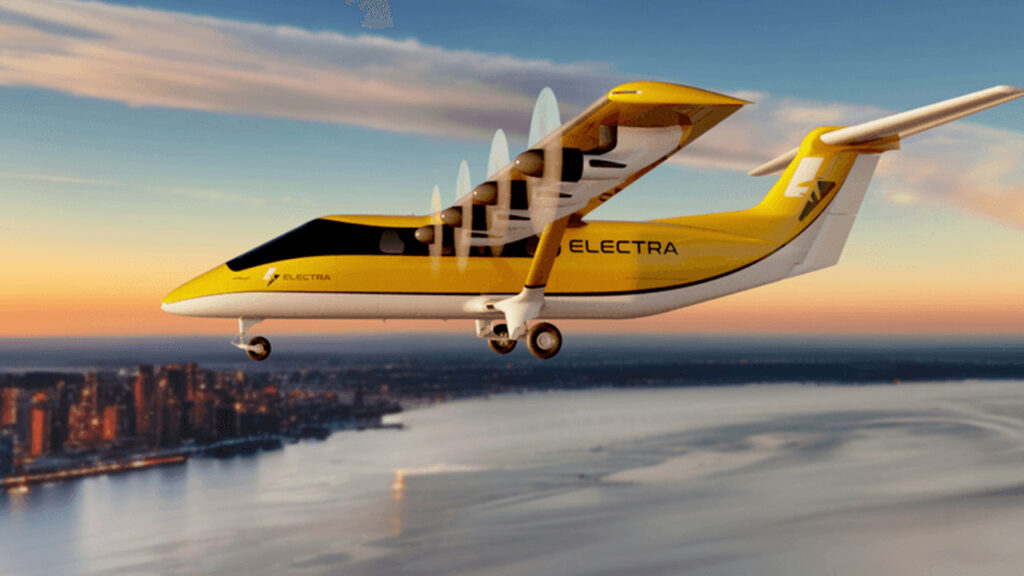
Another player in the space is Electra, whose hybrid-electric aircraft doesn’t quite hover—but it only needs about 100 feet of runway. This eSTOL design blends the simplicity of fixed-wing planes with near-vertical takeoff. As Electrek reports, Electra already has billions in preorders and is targeting everything from regional air taxis to rural delivery hubs.
Battery Tech and the Road Ahead
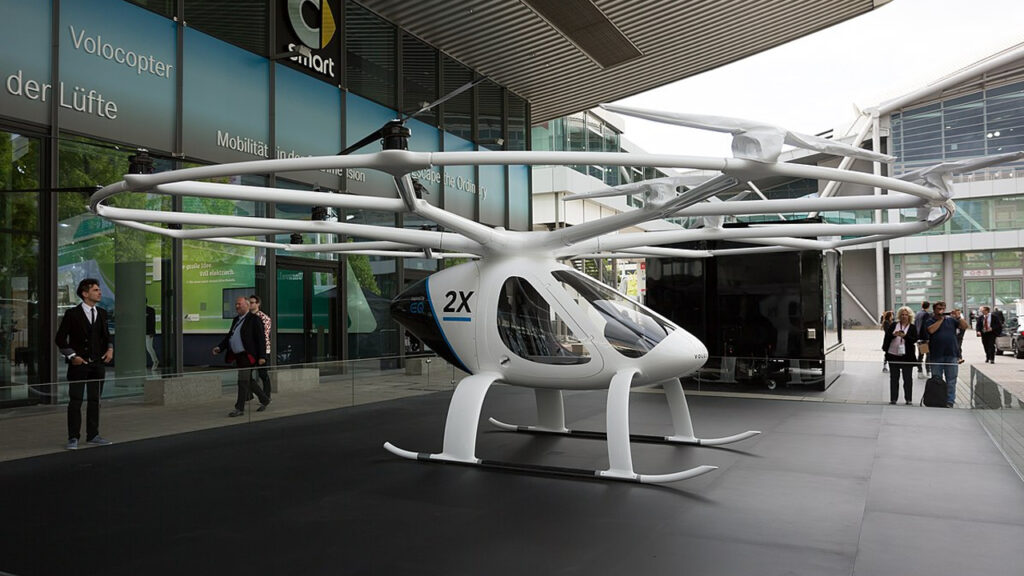
Behind all this innovation is a race for better batteries. Higher density, lower weight, and faster charging times are essential for these small jets to go mainstream. Companies like Amprius are developing ultra-high energy cells specifically for eVTOL platforms. In Amprius’s eVTOL initiative, they highlight how new battery chemistries could push ranges and payloads beyond today’s limits.
A Future That Might Actually Land
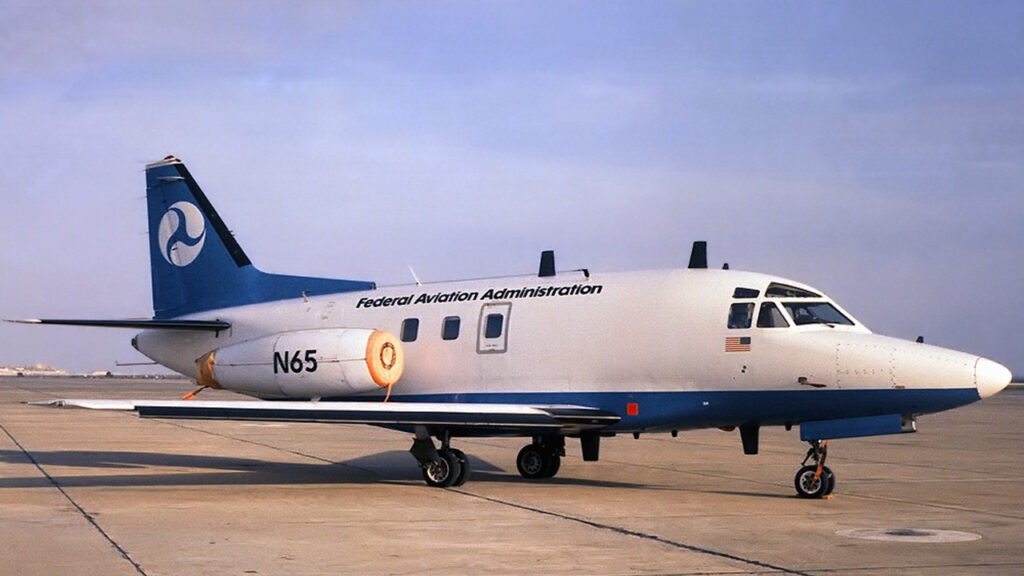
The FAA is already working to certify some of these designs for civilian use, with several manufacturers eyeing 2025 for early rollout. If the technology—and the regulations—align, the idea of having your own electric aircraft parked next to your SUV may no longer be science fiction.




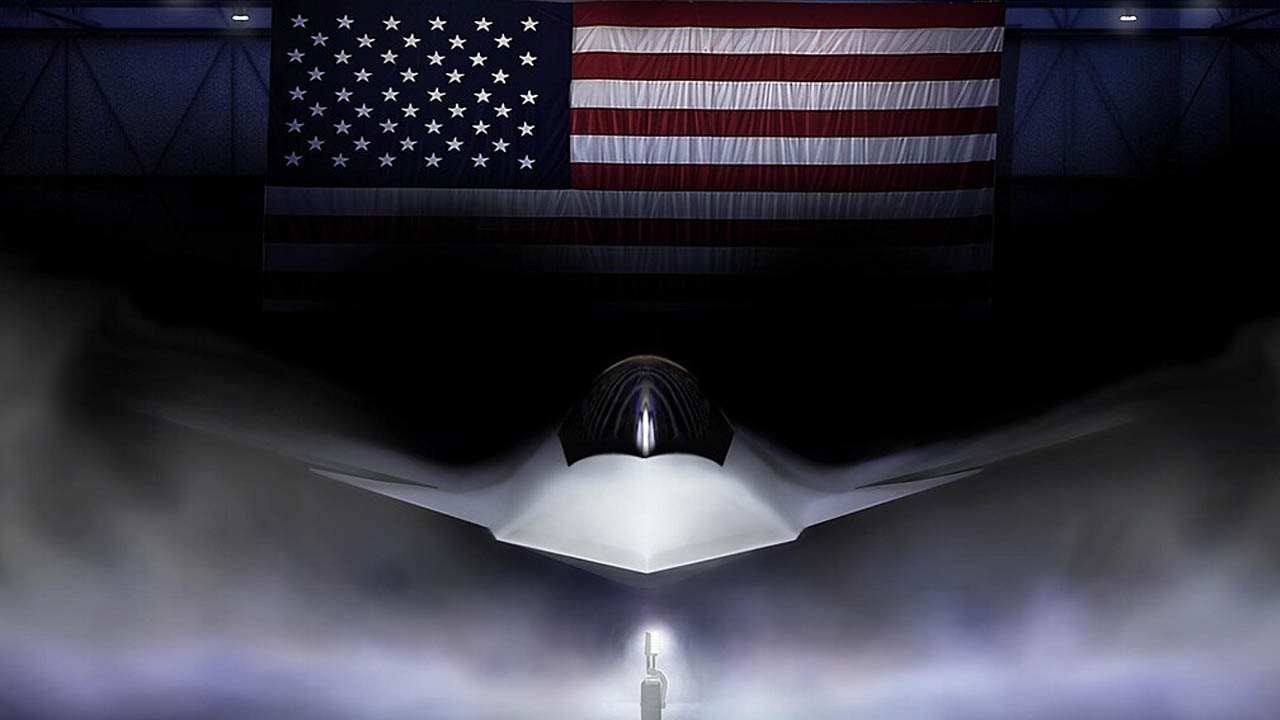
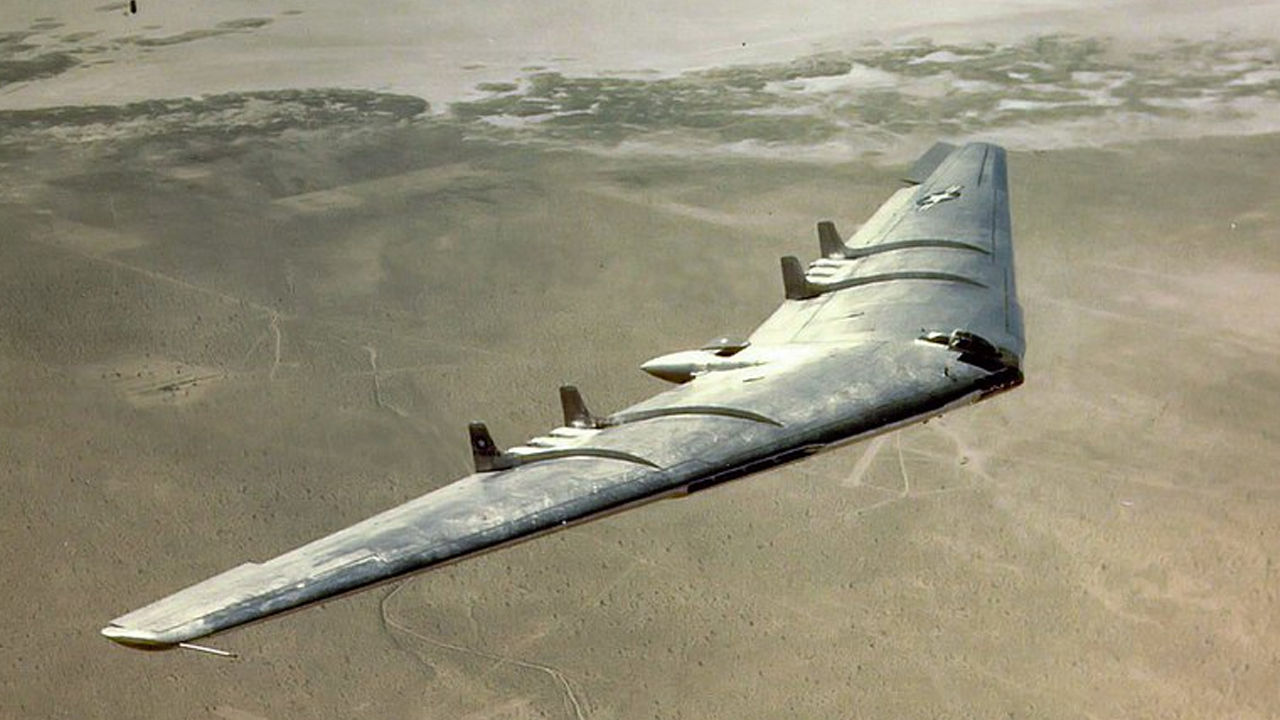

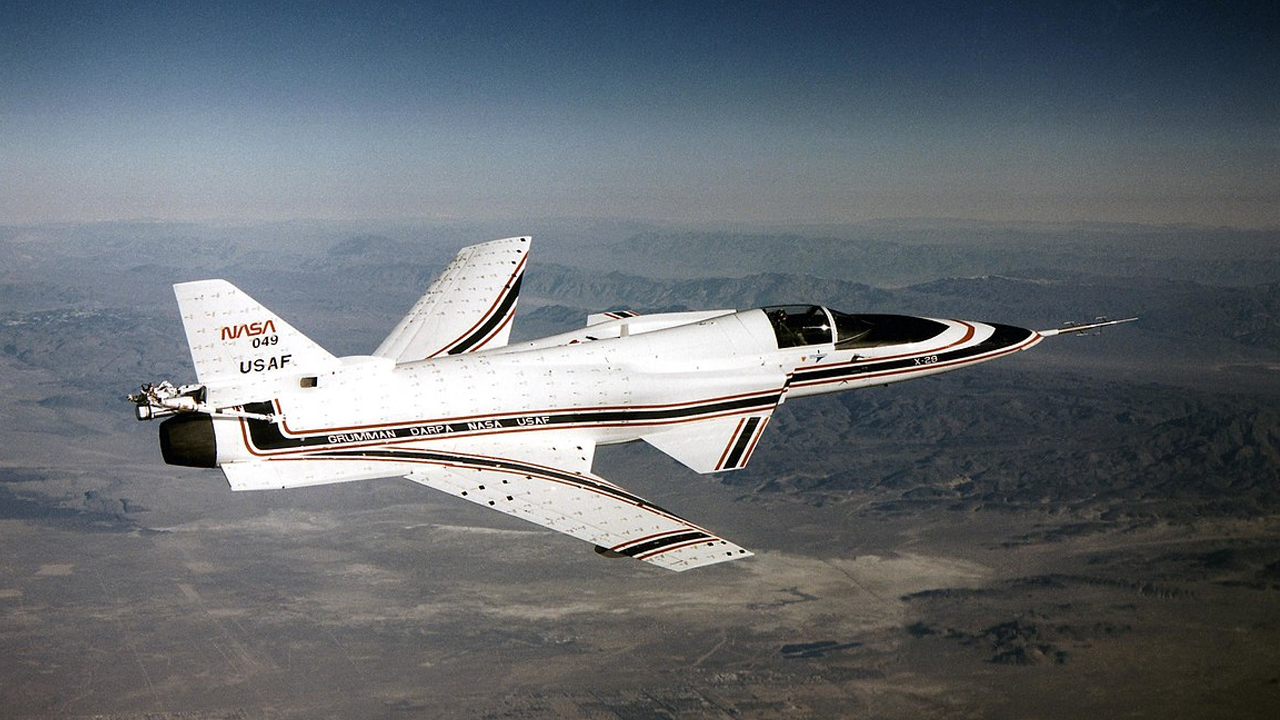

Leave a Reply